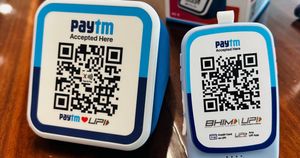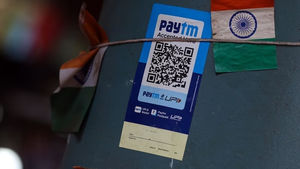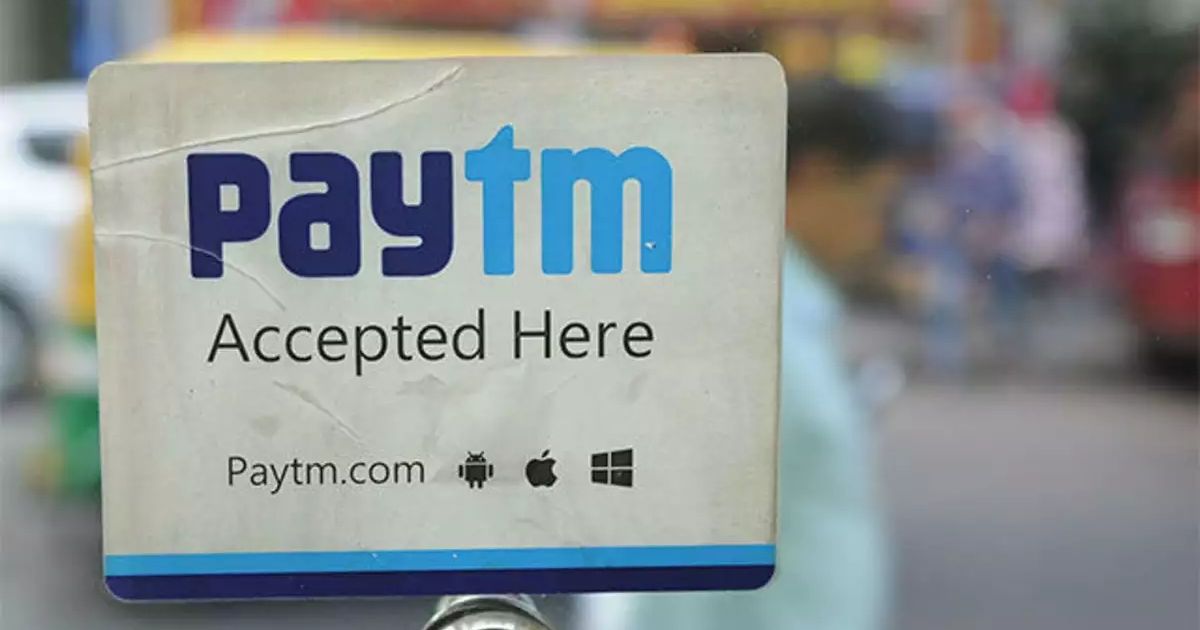
Paytm’s regulatory crisis with the RBI has hit millions of business owners in India who accept online UPI payments using Paytm merchant QR codes and soundboxes. Although the company has managed to rescue its merchant payments sector by partnering with Axis Bank, vendors are still uncertain about continuing with Paytm as their payments aggregator.
We contacted several small businesses across Mumbai that use Paytm’s services to understand the situation from their perspective. Our on-ground report revealed that some merchants have started to look for alternative payment solutions, while others decided to stick with Paytm due to active loans and other reasons. Let’s have a look.
How has the Paytm Ban Affected Merchants
When RBI first announced its restrictions on Paytm on January 31, the news spread like wildfire among merchants and created chaos. The initial impression of most vendors was to stop using Paytm entirely and shift to other services like PhonePe, BharatPe, and others.
Mr R Yadav, a dairy owner based in Kalyan (Mumbai), started requesting his daily customers to pay in cash until the Paytm issue was sorted temporarily. He later reached out to his chartered accountant acquaintance to get some clarity as Paytm had not communicated any details with him yet.
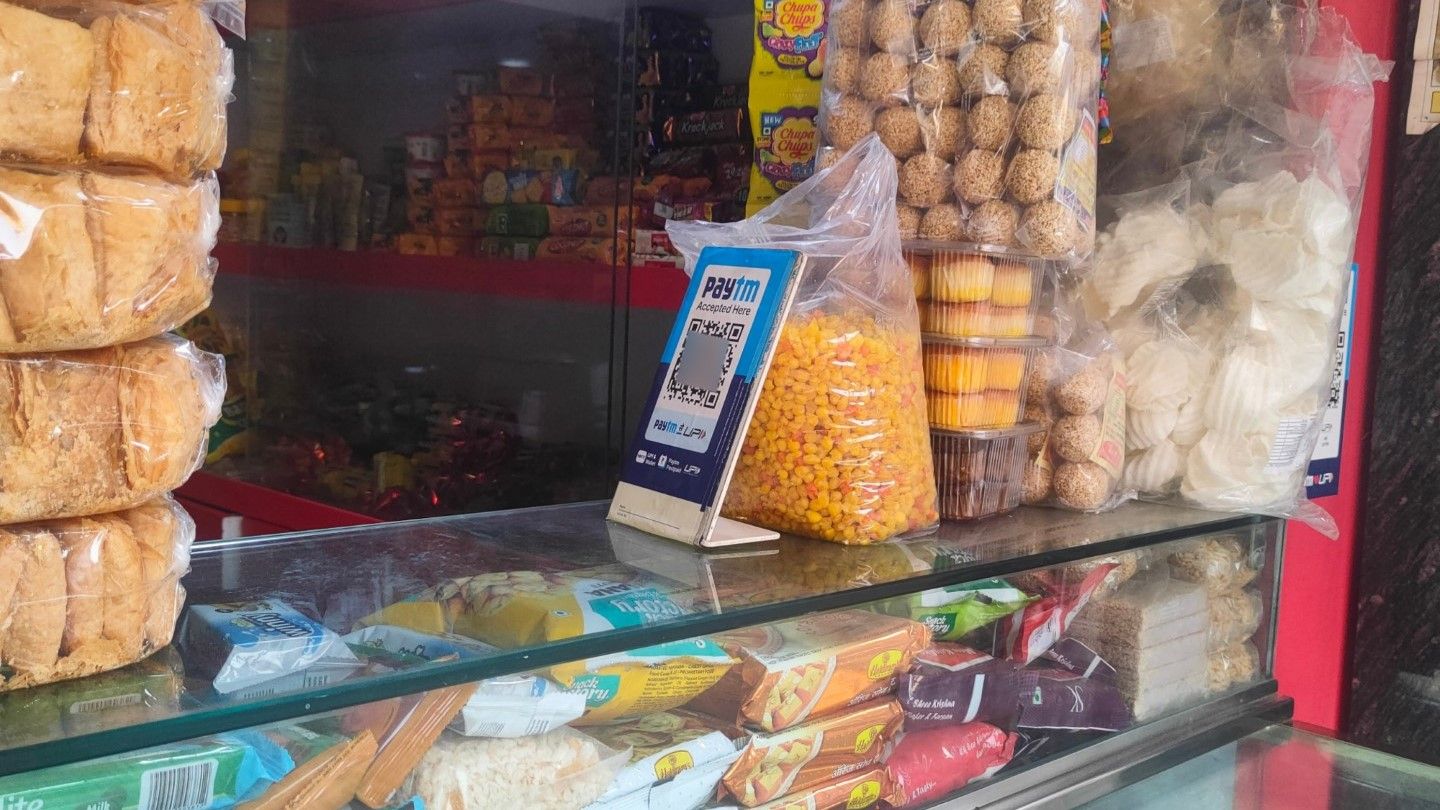
After a few conversations with his chartered accountant, Yadav resumed accepting online payments after knowing that Paytm would continue to work. However, he reported that several agents claiming to be from PhonePe and Axis Bank had approached him to switch away from Paytm.
Yadav declined the offers, stating that the methods used by these agents felt unprofessional and opportunistic rather than offering better services compared to Paytm. Yadav has been using Paytm’s merchant QR since 2019 and has never faced any major issues. He says that almost every soundbox provider has similar fees, charges, and settlement cycles; hence, he does not see it worth replacing his existing QR codes in his shop.
Some Trust Paytm, While Others Shift To Competitors
Mr S Karve, who runs a men’s salon in Kalyan (Mumbai), stated that he panicked momentarily when he heard the Paytm news. He immediately reached out to Paytm’s customer service, where he was assured that his merchant QR code and soundbox would continue working seamlessly.
However, given Paytm’s unstable situation, Karve wanted to explore other payment options. Agents claiming to represent PhonePe also approached him during the first two weeks of February.
Interestingly, Karve realized that parting ways with Paytm was not feasible as he has an active business loan of Rs 50,000 with the company. The loan is structured so that Paytm deducts Rs 189 daily from his merchant QR collection while settling the amount in his bank account. He cannot close his merchant account unless he repays the loan, which is fair on Paytm’s side.
Although Karve can set up a new QR code from any other company and manually repay his loan to Paytm, he mentions that this option is highly impractical. Instead, he continued with Paytm to keep his loan repayment cycle seamless.
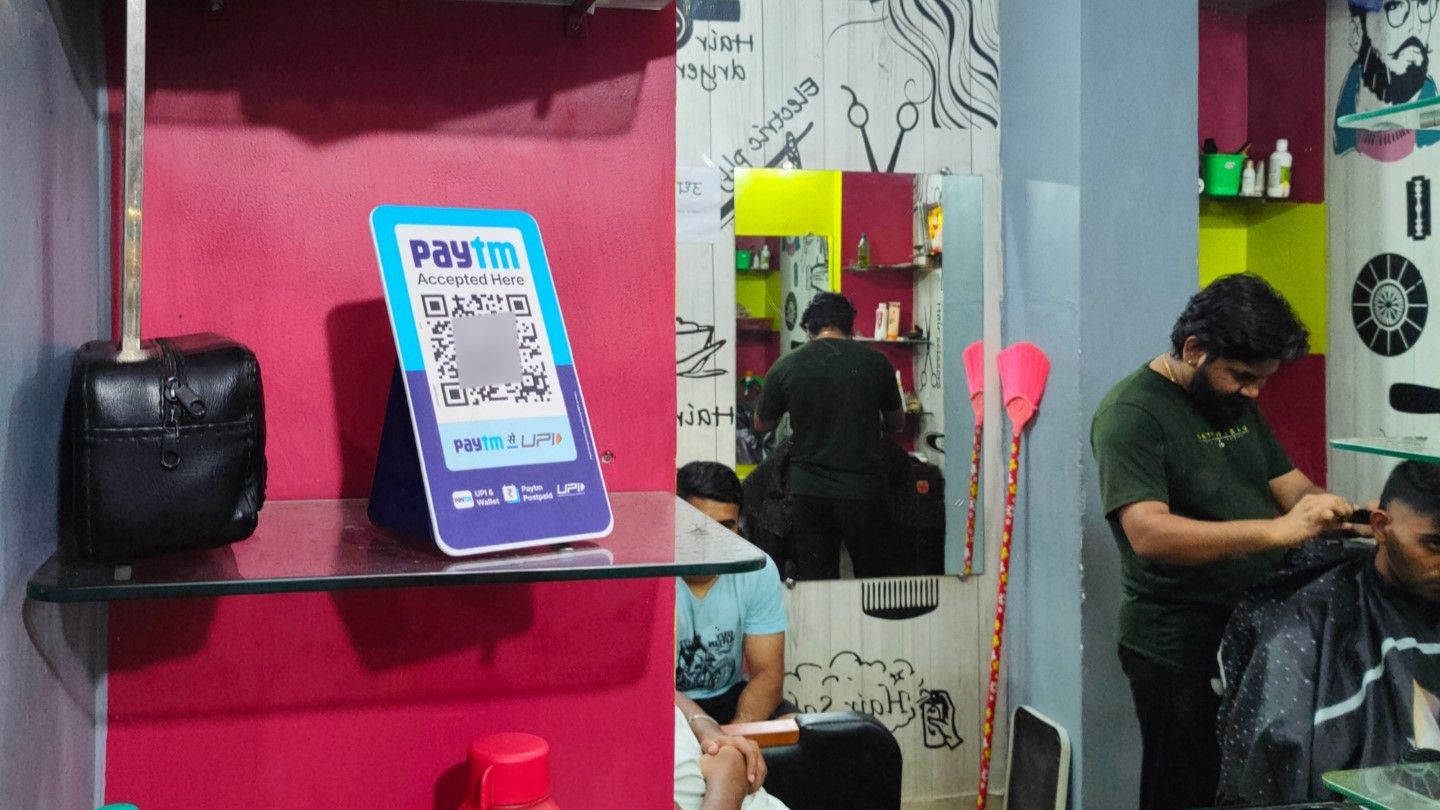
Karve added that he would have switched to another payment aggregator if it were not for his active loan with Paytm. He does not want any uncertainty with the institution that handles his payments.
Mr Dhanraj, who owns an electrical and hardware shop in Kalyan, added an extra PhonePe QR code in his store as a backup option. Before this, he was primarily using Paytm merchant QR and soundbox. On hearing RBI’s sanctions over Paytm, he contacted PhonePe to set up a new merchant QR.
Dhanraj currently uses both Paytm and PhonePe to accept UPI payments from his customers. He said he has faced no issues with Paytm so far, but a backup option was necessary given the high volume of customers using online payments.
We also contacted several other vendors in the city who use Paytm’s services. Most were reluctant to switch from Paytm, citing that they didn’t want to change things unless the system breaks down completely.
When we asked merchants whether they trusted Paytm, most favoured the company. However, some people complained that Paytm’s customer service is extremely slow, and they would prefer easier and better options to connect with the company when needed.
FASTag Users Have No Other Choice Than To Shift
But Paytm’s crisis has hit them the hardest at its FASTag division. While RBI has allowed the company to keep running merchant QR services through its partnership with Axis Bank, the Indian regulator has provided no relief for FASTags.
Vehicle owners with Paytm FASTag will have to migrate to another bank once they utilize all the funds in their account.
Users also have the option to load a large balance to their FASTag account up to March 15 so that they can continue using their FASTag for a bit longer. But this option looks far-fetched and impractical, as several car owners have already started closing their Paytm FASTags while moving to other service providers.
Our interactions with some car owners with Paytm FASTag revealed that they do not trust Paytm much, especially compared to merchants with Paytm QR codes and soundboxes.
Paytm’s UPI Market Share Could Plummet
In addition to merchant QR codes, soundboxes, and FASTags, Paytm is the country’s third-largest UPI payments app, just behind PhonePe and Google Pay. However, unlike its competitors, Paytm is an independent payment service provider (PSP) and processes all UPI transactions via its in-house Paytm Payments Bank.
Given the restrictions imposed by the RBI, Paytm won’t be able to offer UPI services to its customers after March 15. That is unless they transition into a Third-Party Application Provider (TPAP).
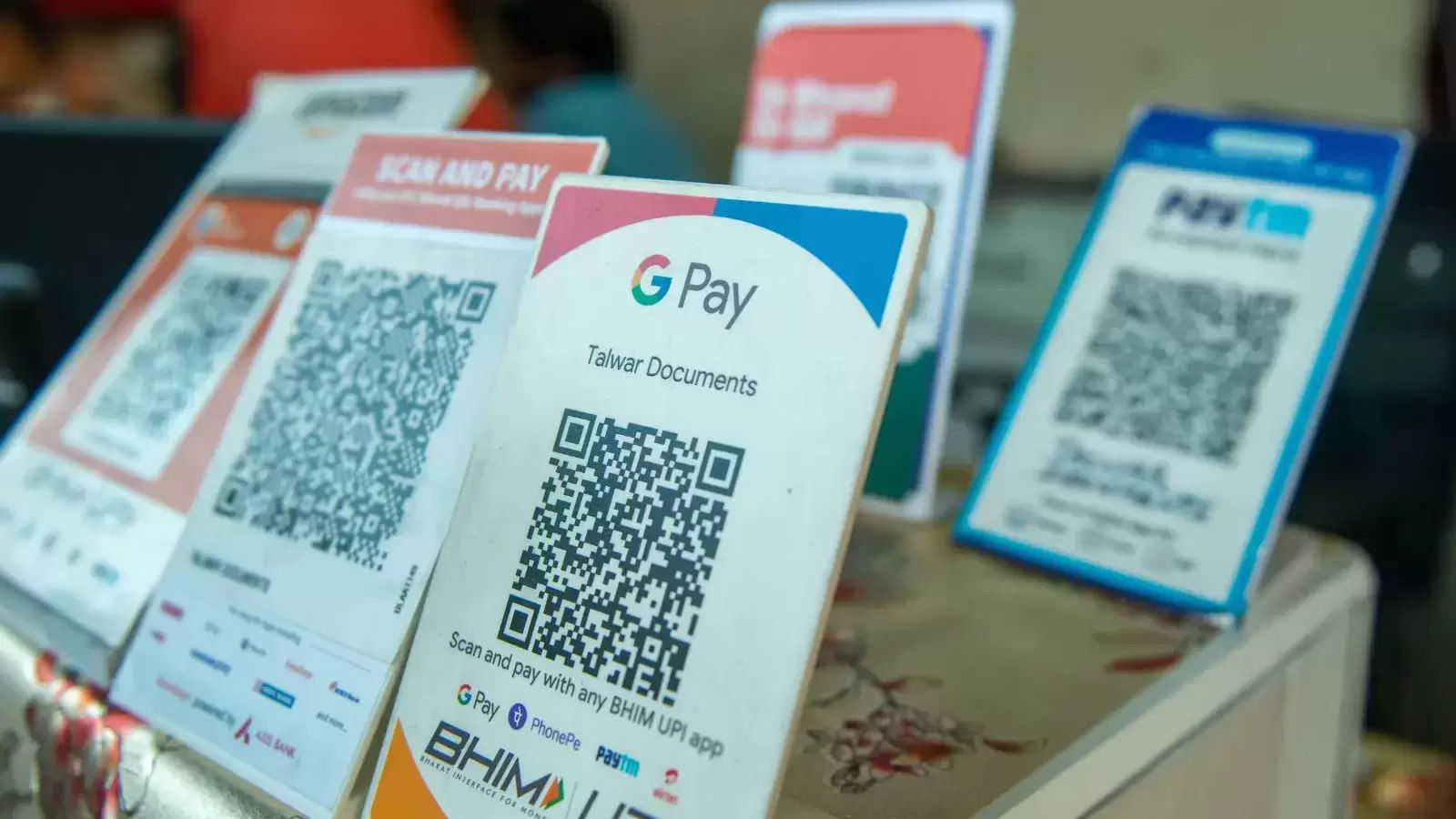
Unless the RBI and NPCI allow Paytm to partner with a different bank for normal UPI transactions, Paytm’s regular UPI services, even with third-party bank accounts, will be terminated after March 15. We have explained this in detail in our report of Paytm’s Plea For TPAP License.
If that happens, regular customers cannot use the Paytm app to pay vendors with merchant QR codes, and even personal money transfers will be affected. Users will be forced to switch to alternatives like Google Pay, PhonePe, or their native bank, crushing Paytm’s existence in the online payments industry.
The NPCI has not disclosed its decision over Paytm’s request for a TPAP license.
Paytm Has A Long Battle Ahead
So far, Paytm has only managed to rescue its merchant QR business in the country. FASTags, Wallet, UPI, and other services are set to shut down over the next few weeks unless the Indian regulators provide any relief.
FASTag owners and regular users of Paytm UPI have started to question the company’s future. Although Paytm has the backing of its merchants QR vendors, it is equally important for the company to retain its other customers.
In a statement on its X (formerly Twitter) profile, Paytm said that they are in the process of establishing a partnership with third-party banks to keep all of its services running. However, the company has not disclosed any details about the same.




